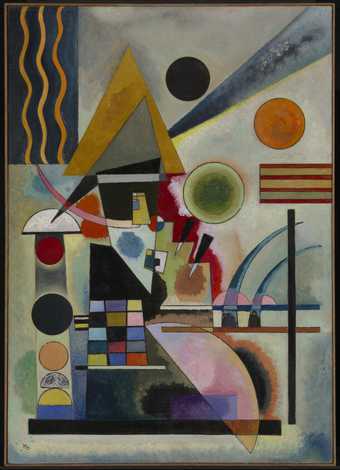The Expressionism of the Brücke was in some ways a product of North German Protestantism. The mode of expression used by the members of the Blaue Reiter, saturated in the spirit of Nietzsche, was based on the same principles.
The two groups were united in their renunciation of the ‘easy enjoyment of a romantic retrospection’, in their rejection of the ‘vainglorious progressiveness of positivism’ and not last in their resistance against the ‘rationalistic arrogance and frivolity’ and the ‘mendaciousness of European morale’.
But whereas the Brücke members eruptively produced their passionate work from the depths of primitive emotion, the Blaue Reiter artists gained, through the speculative efforts of Kandinsky and the religious ethos of Franz Marc, a certain spiritual quality foreign to the other group. The Brücke followers did not talk, they painted. Their works are like an outcry. The members of the Blaue Reiter, however, started from the intellect, they analysed, philosophised. They were just as much interested in religious questions as in the developments in modern music, in the theatre and in literature.
HK Röthel


